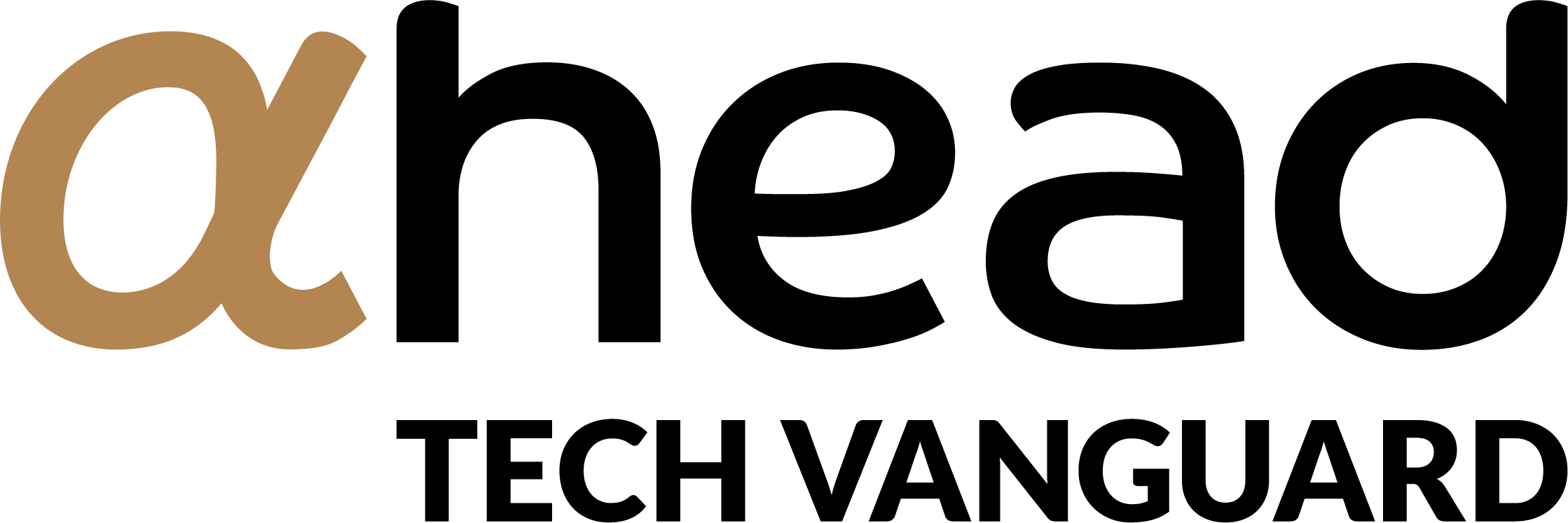DIGITAL TWIN
What is a Digital Twin
Within the field of artificial Intelligence, a Digital Twin represents the evolution of simulation.
Through the combination of several engineering, analytical and IT technologies, Digital Twins help improving business performances through the monitoring and management of design, production processes and risks of all kinds. That is why the Digital Twin technology has gained central importance in the business processes.
The definition of Digital Twin
The concept of Digital Twin has a very recent history.
The term was first used in 2002 by Michael Grieves, during a Product Lifecycle Manufacturing course at the University of Michigan. In such occasion, Digital Twin was described as the virtual and digital equivalent of a physical product. In 2010, the term was used again in a publication from NASA, indicating an extremely realistic and highly scalable simulation, based on physical models, sensory data, and time series, which replicates one or more real systems. For a clearer definition of the term, we can say that a Digital Twin is the digital copy of a process or products that simulates its behavior with accuracy. Compared to a standard simulation model, a Digital Twin employs real-time data gathered through IoT tools, making the simulation environment much more dynamic. Thanks to this direct link between the real world and its virtual counterpart, it is possible to implement monitoring and safety measures, predictive analysis, diagnostics, while the system is still running. If traditional simulation techniques test the effects of a certain decision in what-if scenarios, Digital Twins make it possible to gather real-time data and evaluate the results obtained through the simulation – in run-time – in now-what scenarios, with real-time accessible information and data immediately available to decision makers.
Digital Twin: practical examples
Digital Twins are largely used in contexts not belonging to the industrial business world. Here are some practical examples. In the automotive sector, Tesla employs the Digital Twin technology to constantly improve their products and to offer better assistance to the customer. In fact, the company creates a Digital Twin of each product put on the market. The cars are equipped with sensors that send data back to their digital twin, to be analyzed by AI algorithms. This way the performances of the vehicles are continuously monitored, allowing the prevention potential malfunctioning and, where necessary, remote intervention.
An extremely innovative application is the Digital Wind Farm, a project that brings the wind energy sector in the digital world, increasing production by up to 20%.
The Digital Wind Farm is a dynamic ecosystem that is connected end-to-end and that employs data, analysis, and software applications. In such ecosystem, each turbine is connected to the Industrial Internet, allowing for perpetual data transmission from the system that makes it possible for operators to receive information on temperature, misalignments, or vibration, which could affect performances. This way, prompt maintenance is made possible, to correct any kind of mistake.
In an experiment on a sample of 4 thousands unites, improvement was recorder by up to 20% in terms of the performance of each turbine.
Another application for the Digital Twin technology is the improvement of the efficiency of the services offered to the citizens. It is the case of Singapore, a city that became a Digital Twin. The virtual counterpart of the city is available to actors of the public and private service, as well as to researchers and people in general. This way, users of different sectors can develop tools and applications for test-bedding services, planning, decision-making, and research on new technologies to solve new challenges posed by the city’s development.
Digital Twins in the business world
In aHead Research, we employ simulation techniques to build digital twins of production. Logistic and industrial processes. For instance, as explained in the case study on our Digital Twin for Optimal Design & Production Scheduling, we supported a leading company in the construction sector in the organization of their new production plant, through the creation of a digital twin that allowed us to evaluate and propose a better design for their daily production target, while minimizing the investment costs and respecting all production limitation. Another example comes from the logistics sector, where the Digital Twin was employed to identify strong points and weak points of a warehouse with the goal of optimizing the operative management of it, from managing inspecting goods during check-in to the preparation of shipments to internal or external clients.
In aHead Research, we employ digital twins even in the healthcare industry, for both the design and the management of hospitals, and the patients’ care. In fact, it is possible to create a digital twin of an entire hospital to verify its safety, organization, and potential structural risks. As for the patient, a digital twin can be employed to represent the genome and the physical characteristics of an individual. A digital Twin of a human body allows doctors to discover pathologies before the symptoms escalate, and preventively intervene to protect the patient’s health.
